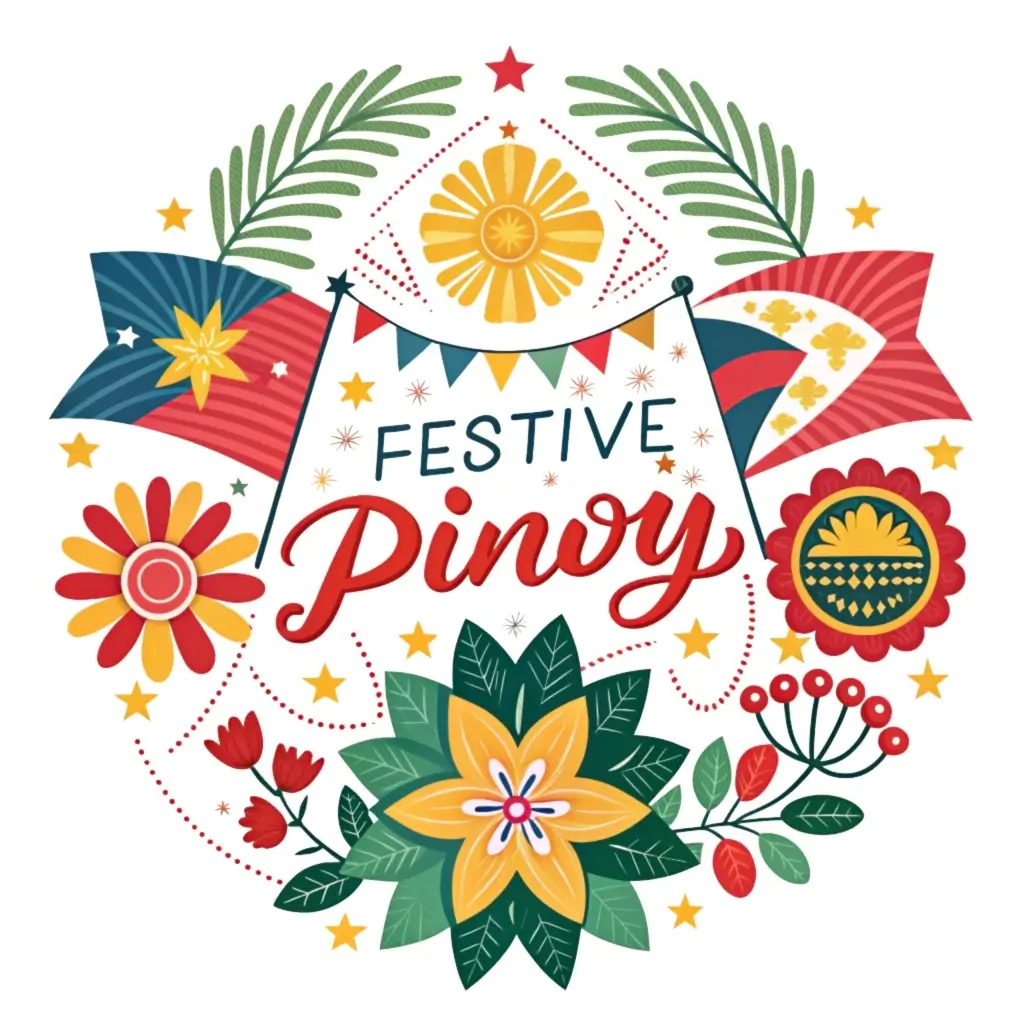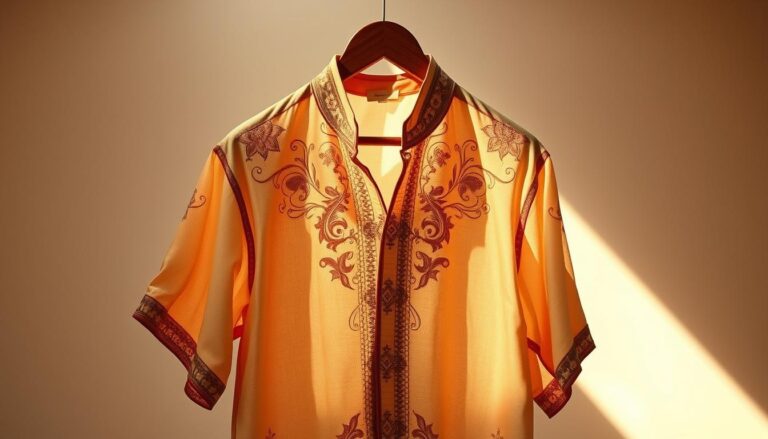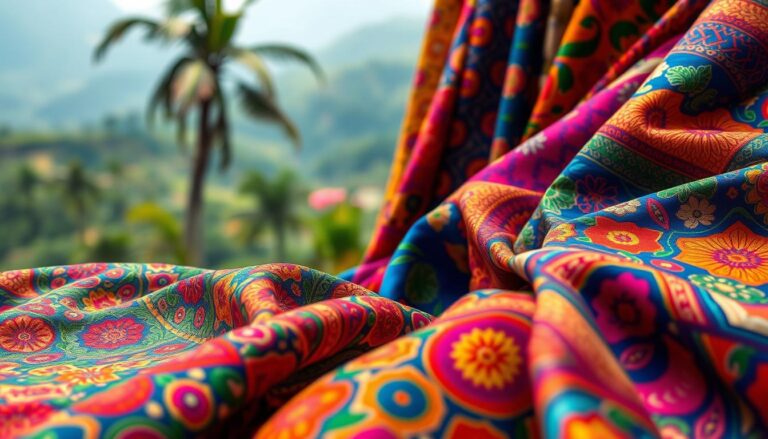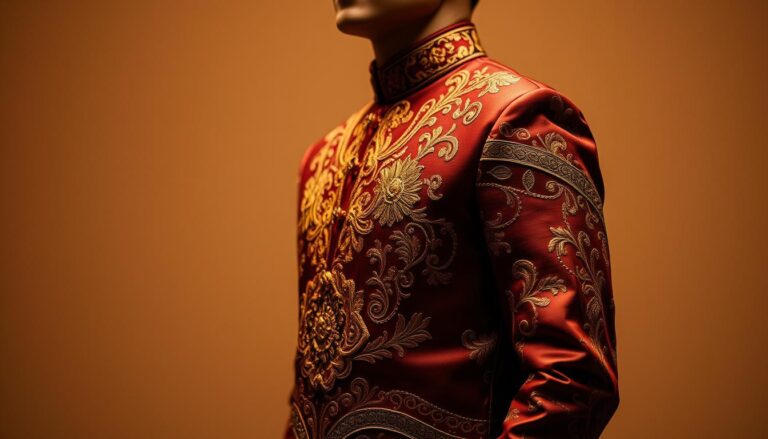Filipino-American Cultural Contributions & Traditions
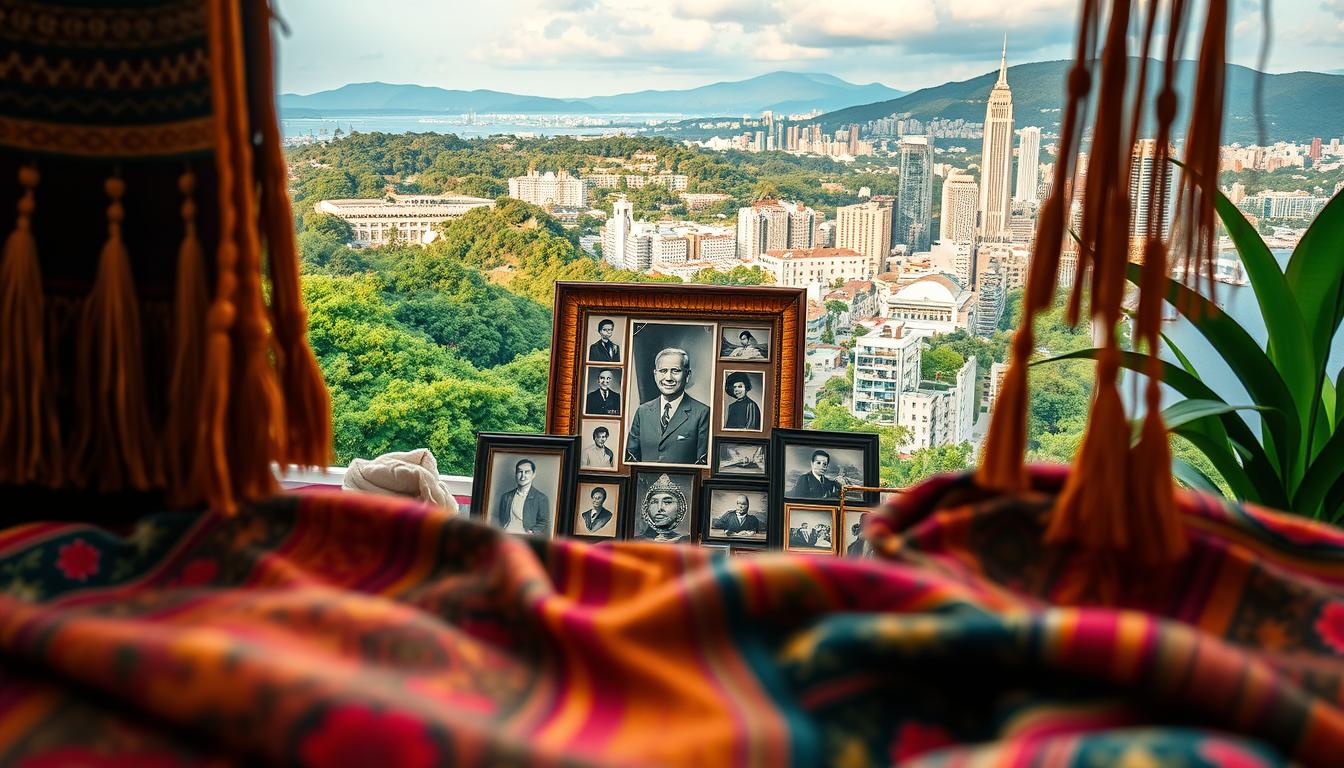
For over four centuries, communities rooted in Philippine heritage have shaped the social fabric of the United States. From the first documented settlers in 1587 to modern innovators, their stories reflect resilience and creativity. Historical archives, like the LIFE Photo Collection, preserve this journey through vivid imagery of festivals, labor movements, and family life.
Early arrivals in California laid foundations for thriving neighborhoods, while figures like novelist Carlos Bulosan amplified voices during pivotal moments. Today, artists such as Tony Award-winning performer Lea Salonga and Nobel laureate Maria Ressa continue this legacy. Their achievements highlight how traditions adapt while retaining core values.
Centers like the Philippines Cultural Community Center in Indianapolis foster connections through language classes and cultural events. A recent mural project there celebrates icons who bridged continents. These efforts ensure younger generations understand their roots while contributing to America’s evolving identity.
Key Takeaways
- Filipino settlers arrived in the U.S. as early as 1587, influencing local economies and traditions.
- Historical photos from institutions like the LIFE Collection document community milestones.
- Figures like Carlos Bulosan and Lea Salonga broke barriers in literature and performing arts.
- Modern advocates, including Maria Ressa, uphold democratic values through global platforms.
- Cultural hubs offer resources for citizenship, education, and preserving shared heritage.
Introduction to Filipino-American Heritage and Traditions
October marks a nationwide celebration of American History Month, honoring the enduring legacy of Filipino Americans. Established in 1992, this observance commemorates the arrival of the first Philippine-born settlers in Morro Bay, California, in 1587. Today, over 4 million people of Philippine descent call the United States home.
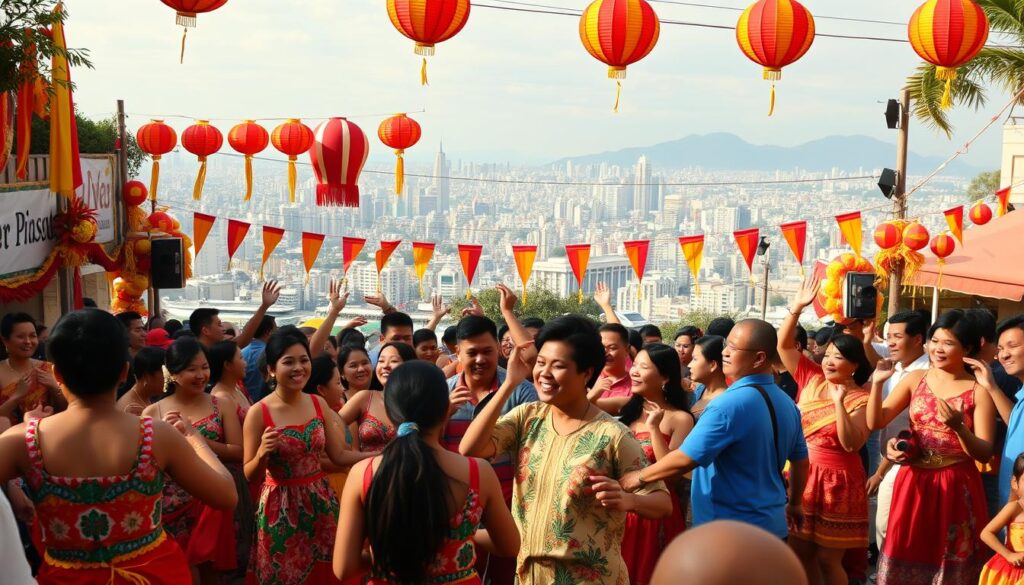
Historical records reveal four distinct immigration waves. Early laborers built agricultural economies, while WWII veterans fought for citizenship rights. Community hubs now teach native languages like Tagalog and Ilocano, preserving ancestral ties.
Key milestones shape this narrative:
| Year | Event | Impact |
|---|---|---|
| 1587 | First Filipinos land in California | Oldest Asian settlement in the U.S. |
| 1992 | History Month established | National recognition of contributions |
| 2009 | Congressional resolution passed | Official October observance |
Cultural preservation thrives through food festivals and art exhibits. These events highlight family values and resilience against historical challenges. Upcoming sections will explore how these foundations influenced modern achievements in arts, politics, and technology.
Historical Roots: From Early Arrivals at Morro Bay to Modern Citizenship
The roots of Filipino presence in the U.S. stretch back to maritime exploration. In 1587, sailors aboard Spanish galleons became the first documented arrivals at Morro Bay. These seafarers laid groundwork for later waves of migration that reshaped American industries.
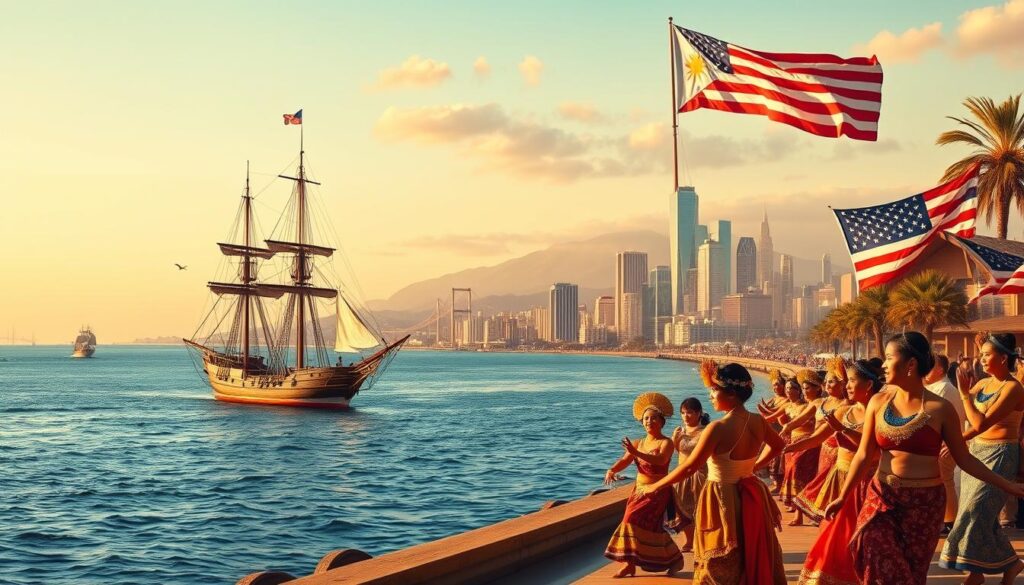
Early Arrivals and Pioneering Journeys
Ship logs from 1595 reveal crews from the San Agustin established trade routes between Manila and California. By 1815, Filipinos fought in the Battle of New Orleans, earning recognition for their military service. One sailor’s journal notes:
“We crossed oceans not for conquest, but survival.”
Early immigrants faced harsh laws banning interracial marriage. Yet they built fishing villages in Louisiana and farmed California’s valleys. Their resilience became a blueprint for future generations.
Key Moments in Filipino-American History
The 20th century brought pivotal changes:
| Year | Event | Significance |
|---|---|---|
| 1920s | Agricultural labor expansion | Filipino workers dominated West Coast harvests |
| 1965 | Delano Grape Strike | Larry Itliong co-founded farmworkers’ union |
| 2009 | Congressional Resolution | October named official history month |
These milestones show how labor movements and civic participation forged modern citizenship rights. Archival photos from collections like LIFE capture picket lines and victory celebrations that defined this journey.
Exploring Filipino-American Cultural Contributions & Traditions
Visionaries from Philippine descent have reshaped modern society through creative expression and civic leadership. Their work bridges ancestral values with contemporary progress, creating blueprints for equity.
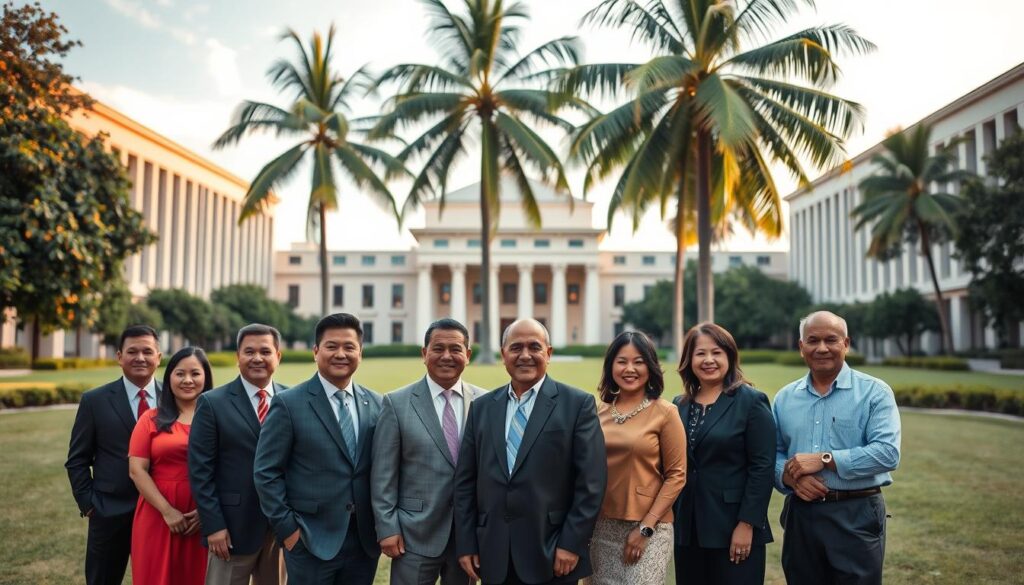
Trailblazers in Arts, Politics, and Community
Carlos Bulosan’s 1943 memoir America Is in the Heart exposed farmworker struggles during the Great Depression. His writing sparked national conversations about immigrant rights, influencing later labor reforms. Labor organizer Larry Itliong co-founded the United Farm Workers, securing better conditions for agricultural workers nationwide.
Contemporary leaders continue this legacy. Bobby Scott became Virginia’s first Asian American congressman in 1993, advocating for education reforms. Community advocate Dawn Bohulano Mabalon preserved historic sites like Stockton’s Little Manila, safeguarding cultural memory.
Milestones and Public Service Firsts
Benjamin Cayetano made history in 1994 as Hawaii’s first governor of Philippine ancestry. His administration expanded healthcare access for low-income families. These breakthroughs created pathways for others:
| Year | Achievement | Impact |
|---|---|---|
| 1992 | Velma Veloria elected to WA State Legislature | First Filipina in U.S. state office |
| 2016 | Catherine Cortez Masto becomes first Latina Senator | Advocated for immigrant communities |
Organizations like GABRIELA-USA amplify these efforts through grassroots campaigns. As one volunteer noted:
“Change starts when we uplift each other’s stories.”
Filipino-American Arts and Entertainment Impact
From chart-topping hits to groundbreaking literature, artists of Philippine descent have reshaped America’s creative landscape. Their work blends ancestral influences with modern innovation, creating timeless connections across generations.

Influential Figures and Award-Winning Achievements
Lea Salonga’s Tony-winning role in Miss Saigon broke barriers for Asian performers in 1991. Decades later, Olivia Rodrigo’s Grammy-winning albums showcase her Filipino grandfather’s influence. Robert Lopez made history as the youngest EGOT winner, composing hits for Frozen and The Book of Mormon.
These artists often credit family roots. As Bruno Mars noted:
“My mom’s karaoke parties taught me rhythm before I could walk.”
From Classic Literature to Modern Music and Film
Carlos Bulosan’s 1943 novel America Is in the Heart remains essential reading about immigrant struggles. Today, H.E.R. fuses R&B with Tagalog lyrics, winning Oscars and Grammys. Marvel artist Anthony Francisco designed Baby Groot, merging Philippine folklore with global pop culture.
| Artist | Contribution | Award |
|---|---|---|
| Lea Salonga | Broadway Theater | Tony Award |
| Robert Lopez | Film Scores | EGOT Status |
| Olivia Rodrigo | Pop Music | 3 Grammys |
Local initiatives play a key role. The Historic Filipinotown mural project in LA mentors young creators, ensuring traditions thrive. This support system fuels new voices while honoring past pioneers.
Community Centers and the Sustenance of Cultural Legacy
In cities like Indianapolis, neighborhood spaces have become vibrant hubs for preserving ancestral ties. These centers offer more than cultural events—they provide tools for navigating life in a new country while honoring heritage.
Empowering Diaspora Through Local Initiatives
The Philippines Cultural Community Center partners with groups like LISC Indianapolis to deliver language courses and citizenship workshops. Last year, over 200 immigrants completed naturalization processes through its programs. One volunteer shared:
“We help families grow roots here while keeping their stories alive.”
Key initiatives blend education with tradition:
| Program | Impact |
|---|---|
| Tagalog Classes | 1,200+ students since 2015 |
| Cultural Dance | 15 annual performances |
| Youth Scholarships | $250k awarded since 2010 |
These efforts unite Asian American groups with broader communities. Time-tested strategies—like intergenerational cooking classes—forge lasting bonds. Centers also assist with dual citizenship paperwork, strengthening ties between the United States and ancestral homelands.
Funding from local nonprofits ensures accessibility. As Asian American populations grow, these spaces prove essential for maintaining identity in a changing nation.
Celebrating Contributions During American History Month
October transforms cities nationwide into vibrant stages celebrating Philippine-rooted legacies. From art installations to intergenerational storytelling, these gatherings honor centuries of perseverance. Communities use this time to spotlight unsung heroes and modern achievers who shaped local landscapes.
Recognition Events and Community Celebrations
Annual festivals blend traditional tinikling dances with tech showcases. In 2023, Indianapolis’ cultural center hosted a sold-out exhibit featuring WWII veterans’ portraits. One visitor remarked:
“Seeing my lolo’s story displayed next to Nobel winners gave me chills.”
Key events during history month include:
| Event | Location | Feature |
|---|---|---|
| Trailblazers Tour | Los Angeles | Interactive mural unveilings |
| Harvest of Heroes | Seattle | Farm-to-table dinners honoring laborers |
| Youth Leadership Summit | Chicago | Teen-led policy workshops |
These programs attract over 50,000 attendees yearly. Local blogs highlight cooking demonstrations preserving recipes from 18th-century Manila galleon traders. Organizers often partner with Asian American museums to create immersive experiences.
Community centers report 40% increases in membership during October. “Our festivals turn history into something you can taste and touch,” says a Philadelphia event coordinator. This approach helps younger generations connect with their roots while shaping America’s multicultural future.
Conclusion
The journey from 16th-century settlers to modern innovators reveals a legacy woven into America’s identity. Early laborers in California fields, writers like Carlos Bulosan, and artists such as Lea Salonga shaped industries while preserving ancestral values. Their stories show how community bonds and labor rights campaigns redefined opportunities for millions.
Today’s efforts continue this momentum. Grassroots centers teach language skills and citizenship, while October celebrations spotlight pioneers in healthcare and tech. These initiatives honor struggles faced by workers during pivotal moments, including recent challenges in essential industries.
Recognition during Filipino American History Month isn’t just about reflection—it’s a call to action. Supporting immigrant rights programs or attending local festivals helps sustain this vibrant heritage. As new leaders emerge in politics and arts, they build on foundations laid by those who came before.
From historic strikes to Nobel-winning journalism, these contributions prove resilience fuels progress. By valuing shared histories, communities create inclusive futures where every voice shapes the nation’s story.
